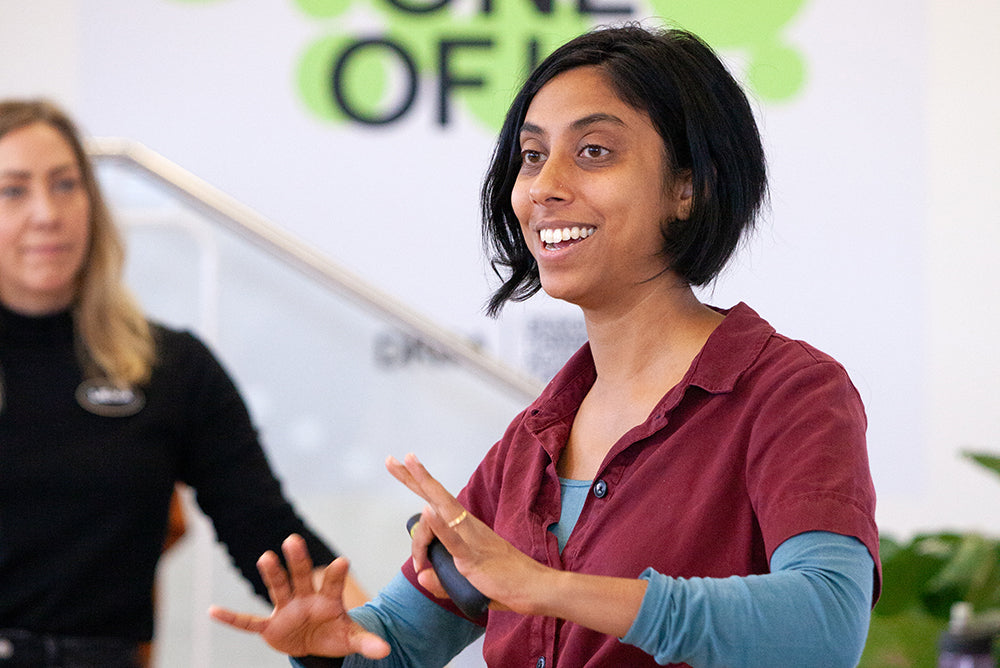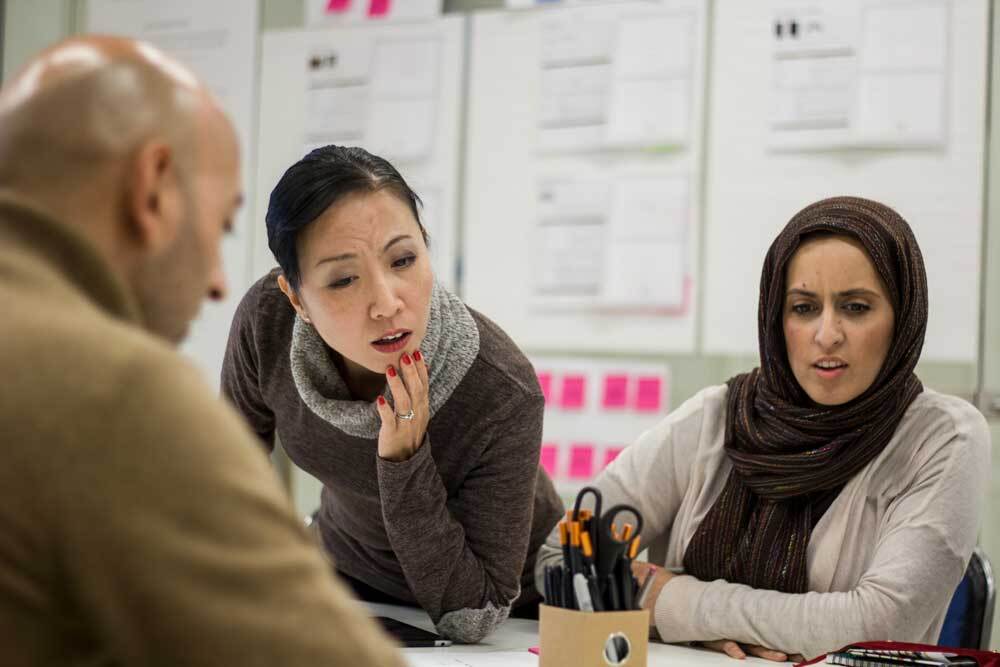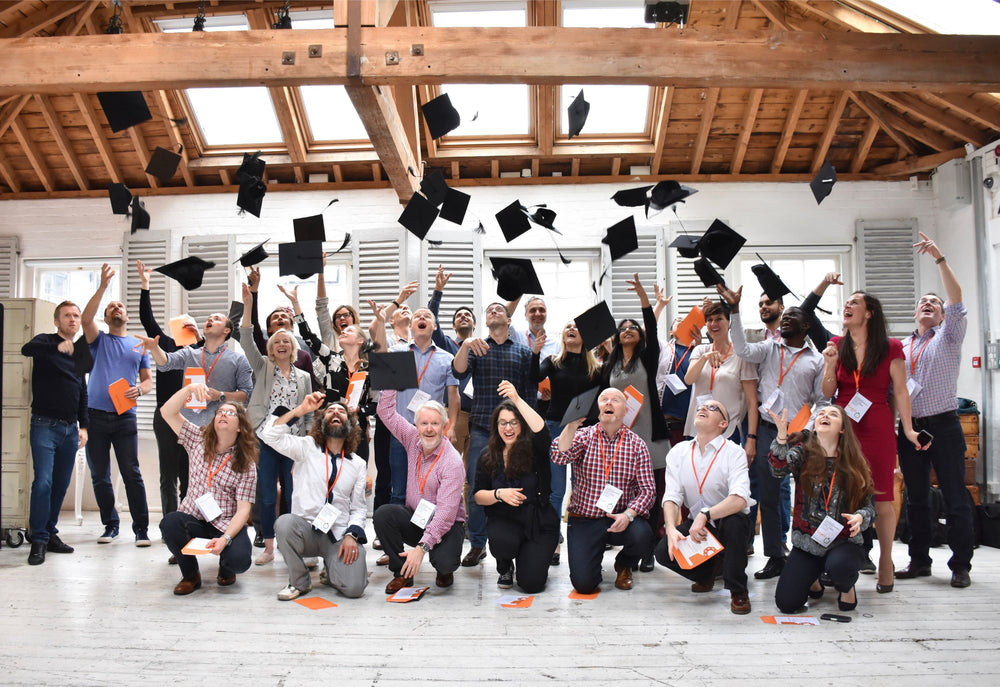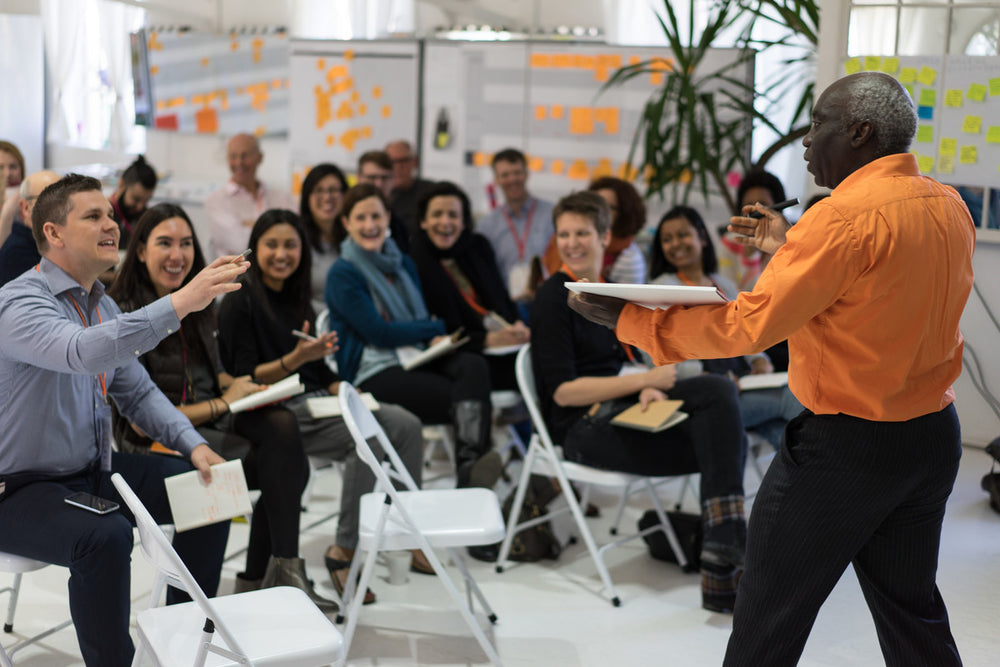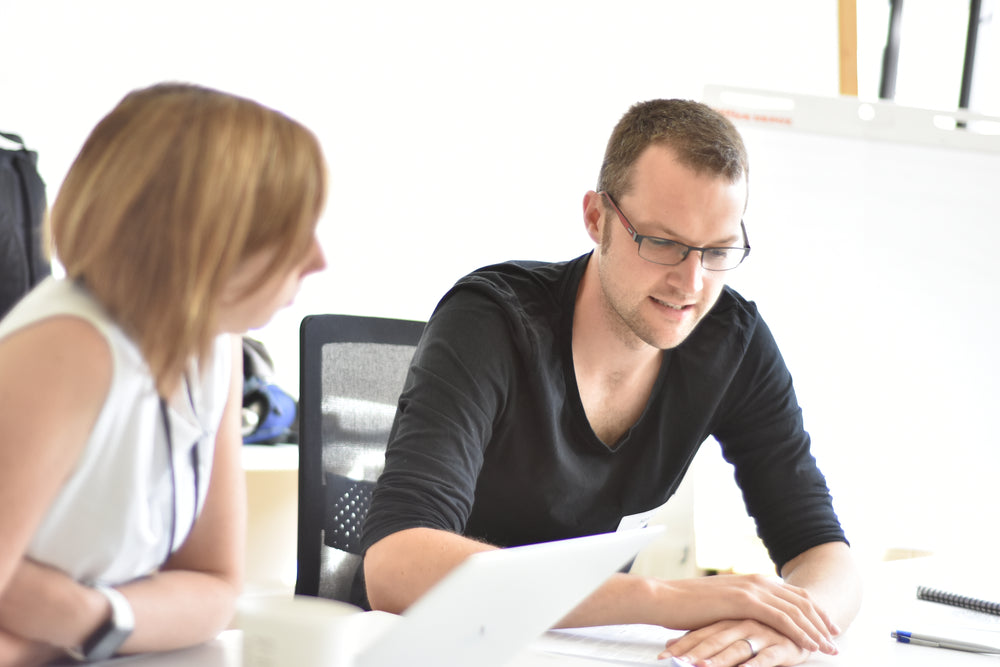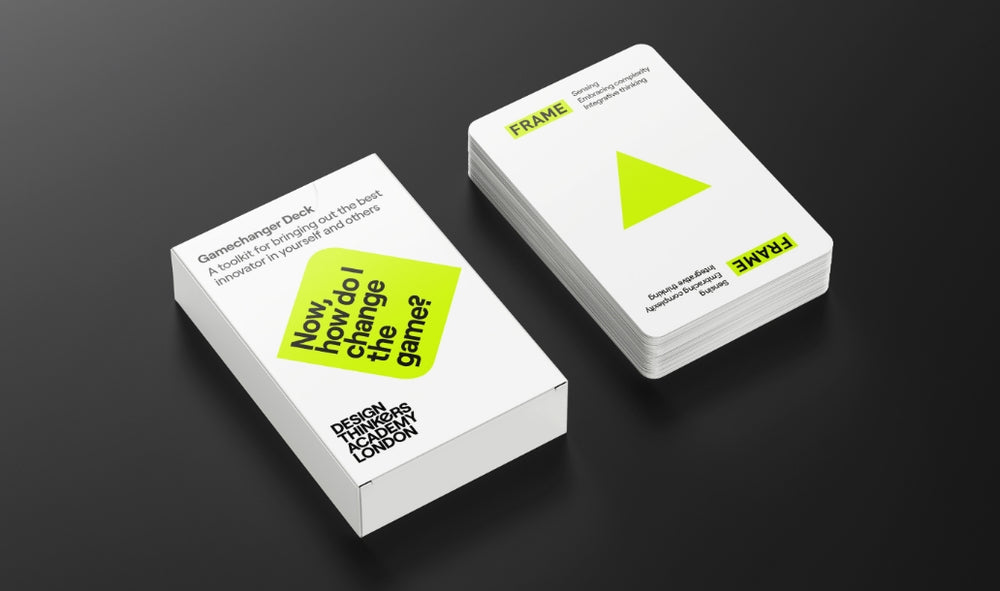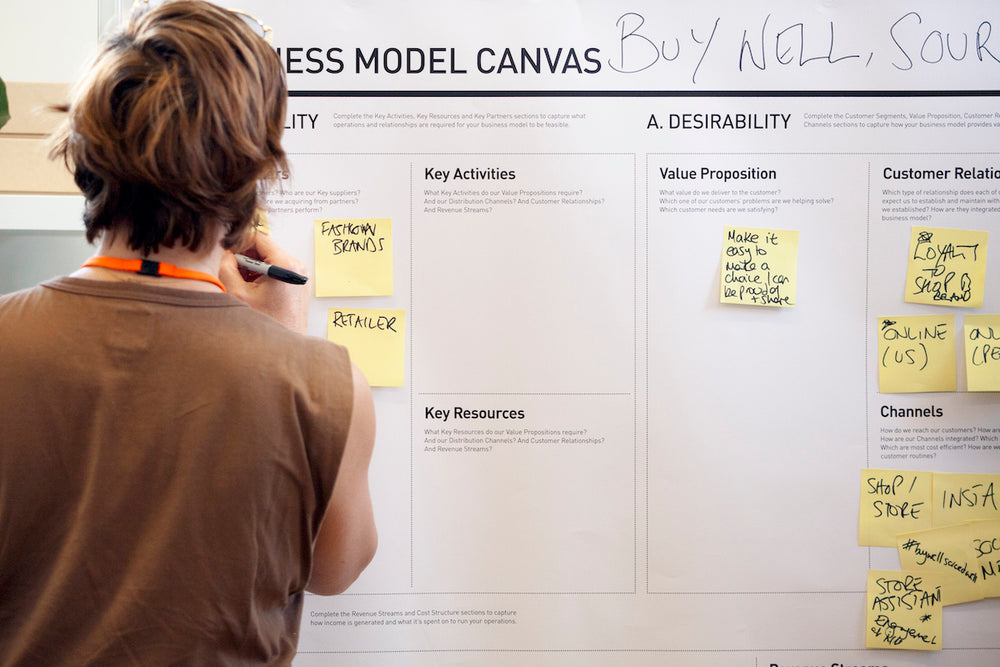Does curiosity kill the cat, as the saying goes – or can it re-energise it? Research expert Els Dragt thinks it’s the latter. Read her take on the value of observing, listening and asking questions so you can get to know your customers, plus tips on how to do these well.
‘Curiosity killed the cat’ is a saying that warns of the dangers of unnecessary investigation or experimentation. In design thinking we ignore this and instead think ‘curiosity revived the cat’ as exploring is key to the design thinking process. Curiosity and empathy are two key skills any design thinker should develop and try to master. Being an explorer of people allows you to gain invaluable insights to create things that work and truly benefit individuals.
Design thinking takes a human-centric approach to solve complex problems. Therefore people (aka customers / end users / target group / insert any other term you use when you actually mean people) are at the heart of the discovery phase in design thinking. Although we are all human, it is not always easy to understand others or put ourselves in somebody else’s shoes. Often, we are clouded by our own preconceptions and biases, not to mention the day-to-day pressures of work life that prevent us from taking enough time to explore and research our target customers.
Enter researchers (or research agencies), who are paid to put their curiosity and empathy to use for a specific question, problem or challenge. They have mastered the art of looking sideways and asking the right questions in an open and neutral way. You could let professional researchers do the exploring for you and provide you with a report of their findings, or you can do it yourself. In the long run, it pays to do some exploring yourself or at the very least collaborate with the researchers during this process.
In this blog post, you will get introduced to the basics of these explorative skills. While you might be tempted to start asking your research subject questions right away, this is usually the last step in the design thinking exploration process. Observing and listening should come first.
Here are some tips and tricks to get you started with mastering the art of observing, listening and asking.
Observing
Naturally we are very focused on looking and watching and observing the world with our eyes. But sight is just one of our senses, so what about the others? To engage in the world of your customer try experimenting with all your senses to engage in multi-dimensional research. Act like a fly on the wall and observe your end user in their natural habitat. Observe using sight, smell, sound, taste and touch. You can do some basic exercises to stimulate your senses and prepare them for full flung 5D-research, such as:
- Sit on a bench in a park or at the bus station for 15 minutes and watch the world go by. What do you hear, see, smell, taste and feel?
- Take another route to work or the supermarket to break out of your routine and try to be aware of what you notice in 5D
- Take public transport and eavesdrop on other people’s conversations
You can find more tantalising exercises in Keri Smith’s How to be an Explorer of the World . Or you can learn from the best in class, like smell designer Sissal Tolaas, who is an expert in using her nose to explore the world.
Listening to your customers
Let’s zoom in on listening before we move over to asking questions. Because to understand people’s answers to your questions you should check how well you are listening. As any seasoned researcher can tell you, the job of the researcher is to listen and to let people talk. So always remember during interviews or even informal chats: it’s about them, not you.
How much are you actually hearing while listening? Many research findings show that we only retain a small percentage of information while we think we are listening. If you think back to childhood games like Chinese whispers in which a message is passed around a group of people, and the last person announces the message to the entire group. How many times have you heard the correct message at the end of the game? Zero, probably.
Watch this entertaining TED Talk by Julian Treasure, a self-proclaimed master of sound, on how we listen (or not). He introduces a helpful acronym to practice conscious and active listening at the end of the talk, called RASA, which stands for:
- Receive: Really pay attention and focus on the person you are listening to, so don’t try to write an email while phoning a customer
- Appreciate: Show you are listening, for instance nod your head or make ‘hmm’ sounds. This will encourage the other person to keep on talking
- Summarise: Check if you have received the information like the person intended it. You can summarise by starting your sentence with: ‘so…’?
- Ask: If something remains unclear, ask for clarification – which brings us to the last topic of exploring how to ask questions.

Asking
As a child, you probably asked hundreds of questions a day on average, which varied from practical ones like ‘what are we having for dinner?’ or ‘are we there yet?’ to philosophical ones like ‘where does the sky end?’ or ‘do dogs dream?’. How many questions are you asking today? Or are you mainly giving answers? Innovation does not start with ideas but with customer insights, which are based on the answers to questions, so you will have to relearn how to ask questions. It is always the responsibility of the design researcher to collect relevant information. The answers you will get from people are defined by the questions you ask; let’s take a look at some basic tips and tricks on asking questions.
- Use open-ended questions. These are questions that start with words such as why, what, how, etc. Try to avoid closed questions, which people can answer with a simple yes or no
- Avoid suggestive questions. These are statements in which you as a researcher already point into a direction to answer. For instance: ‘How much do you like using service X?’
- Ask one question at a time. Many of us tend to blurt out lots of questions at once, such as ‘Why did you buy this brand and what do you think about the pricing?’ This is confusing for people, so always ask one question at a time
- Less is more. Keep questions short and simple. Don’t use too many words and long sentences. Get to the point. If something isn’t clear about the question, the interviewee will ask or you will notice by the answer that’s given and you can rephrase
- Build on answers. Many people make a list of questions to ask during an interview. Be flexible and don’t stick rigidly to your checklist. Build on the interviewee’s answers to create a natural conversation instead of an interrogation
- Ask to explain answers. People can answer by using words that might mean something different to each of us, so always ask for an explanation to make sure you understand the answer as it is intended. For example: ‘You say you had a rough year, what do you mean by rough?’
- Round off by summarising. As the RASA acronym already showed, it helps to round off a conversation or part of an interview by summarising what people said to check if you really understood them
- Watch your nonverbal communication. Interviewing is not only about the questions you are asking, it is about the whole vibe you create during a conversation. Always check if you are focused on the interviewee, show that you are listening by nodding and keep your posture open
- Record the interview. And last but not least, a very practical tip. If you have to ask questions and take notes too, it slows down the interview flow and takes your mind off it. So it’s always better to record it or to have someone with you to take notes. These tips and tricks might seem very straightforward when reading them, but try practising them for real. You will probably experience that even asking open questions is already hard. Watch this humorous video about the ‘Mom Test’, which shows you how refining the way you ask someone questions will provide a totally different perspective on a business question.
Explore and score!
Curiosity killed the cat but does that mean we should stop exploring? No, honing these basic exploring skills will be very useful in developing your design thinking mindset. Talking less, listening more and asking short and open questions will not only benefit you in your design thinking practice, but in your personal life too. Check out the positive effects it can have in conversations with colleagues, friends and family. Enjoy!
